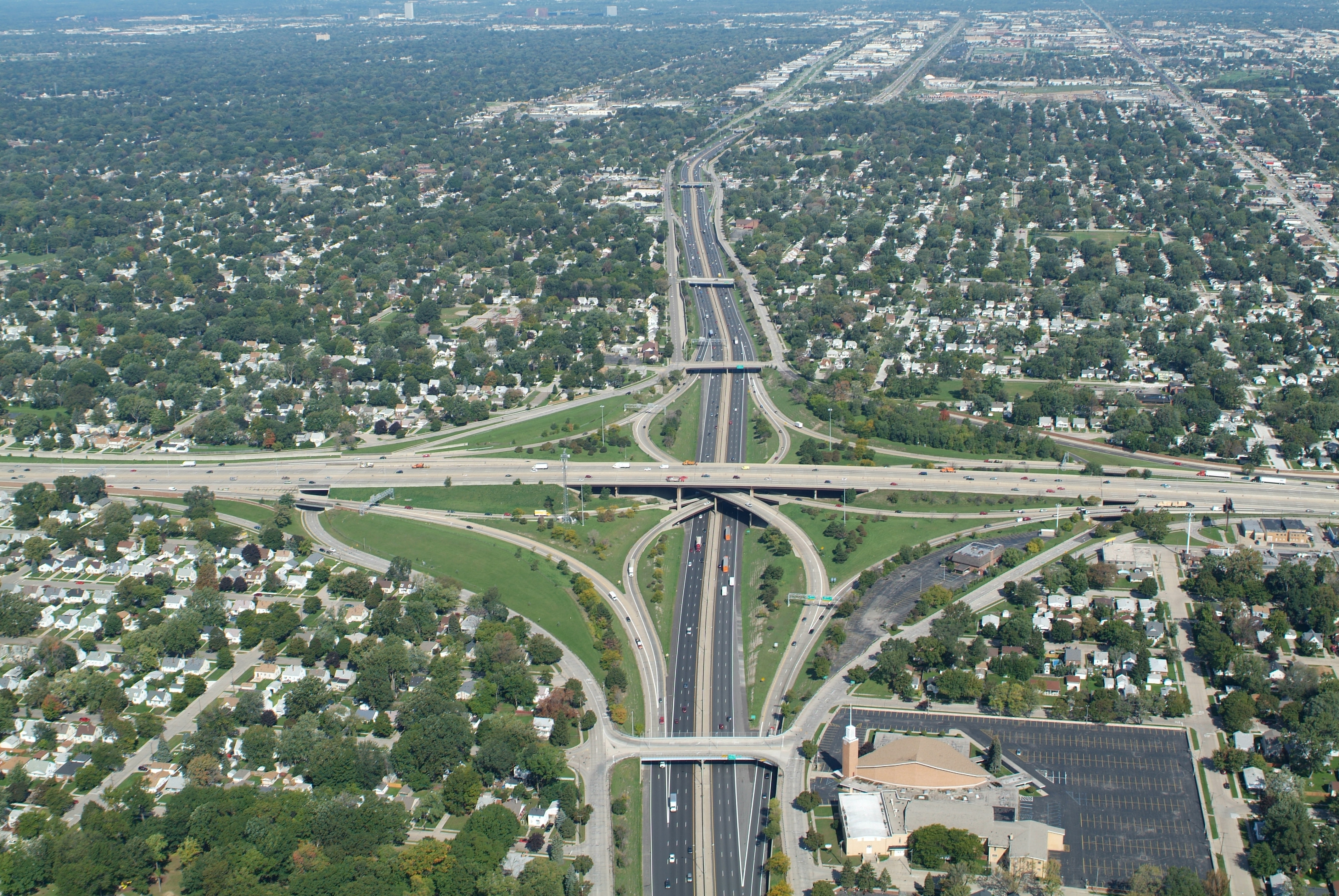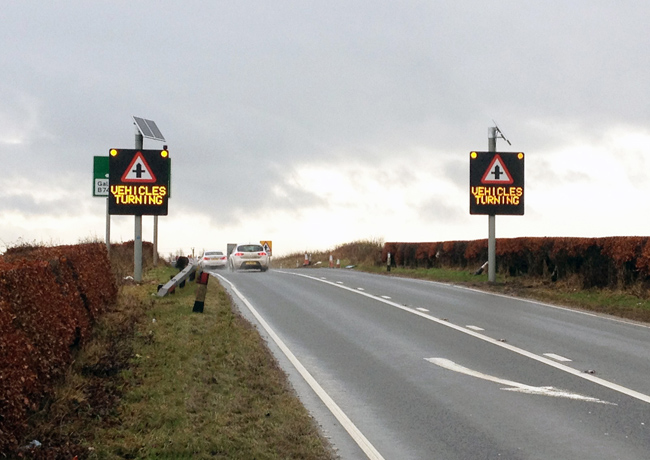
Turning a ‘problem’ into ‘an opportunity’ is the mantra of just about every business book and
Running north-northwest from Detroit, the I-75 carries around 170,000 vehicles per day but, being built in the 1970s, it now requires an additional lane in each direction and upgrading to the latest design and safety standards. Upgrading will be carried out in eight segments in a process that will take 16 years – a nightmare scenario for any traffic authority but MDoT is using it as an opportunity too.
“There are around 300,000 automotive and technology sector jobs along the I-75 corridor,” says MDoT spokesman Rob Morosi, “so its proximity makes it ideal for testing new technologies in real-life conditions. The potential is huge.”
For each of the eight segments, MDoT is looking for companies wanting to trial technologies that will help improve safety and traffic flow through the workzone or to reduce time and/or costs of the reconstruction. In the first 4.8km (3 mile) section which started last year, MDoT is partnering with
A lot of this work falls within Michigan’s Towards Zero Deaths campaign and also fits within the state’s economic development plans which include establishing Michigan as the hub of mobility development. In this first segment, 3M will test new all-weather lane markings and embedded barcode signage.
Tammy Meehan, 3M’s global portfolio manager for Intelligent Transportation, explains the new paradigm: “For 75 years we have optimised road marking materials to be visible to the human eye but now we also need to optimise them for machine vision and sensors on the vehicles.
“As we move to higher levels of automation the cameras are ‘looking further ahead’, and there also needs to be redundant systems so the vehicle gets that information in multiple ways. So not only do [vehicles] need a camera system detecting the roadway 50 to 100m ahead, they also need an HD map to know how to drive and other additional information, all of which needs to be built around standards that don’t yet exist.”
3M is proposing that one of the information channels within the redundancy option is the road markings but these have to work in the wet because, as Meehan says, “You don’t want to park your car every time it rains because the road markings disappear. Michigan is one of the most forward thinking in wanting road markings in its workzone to remain visible to the sensors when it rains.”
Also being trialled will be signs carrying visible 2D barcodes (optimised for transportation) while the standard signage will incorporate an infra-red barcode. This methodology is being employed to test the technology without the risk of confusing drivers. “We didn’t want to introduce additional clutter for humans that could possibly impact safety. So we have the visible sign that can be checked against the IR barcode,” says Meehan.
“The barcode is a unique ID for that sign that can be read by onboard cameras. We can embed information such as the sign classification into the barcode so the vehicle can read the code and know that it is, for example, a ‘workzone ahead’ sign. We can also include information such as GPS coordinates to use it as a platform enabling the car to reference a database for dynamic information. What we are building out here is a way to get static and dynamic information to that vehicle.”
As connected vehicles are likely to have a database or digital map which identifies the location of signs, the very fact that the information has been read or received by the vehicle means the roadside infrastructure is in working order. If, on the other hand, no information is received by a passing vehicle, then an alert could be automatically sent to the control centre via the dedicated short range communications (DSRC) system – meaning the systems effectively monitor the infrastructure and can greatly reduce an authority’s surveying requirements.
The wider transfer of information requires the introduction of protocols and standards which is an element much anticipated by Michele Mueller, MDoT’s senior project manager for Connected and Automated Vehicles. She says: “Information systems must be uniform. We want to be in the forefront of ensuring that they are and sit on a lot of standards committees. Instead of having to predict every aspect, partnerships like this one with 3M provides the opportunity to get some real-world information for setting those standards.”
MDoT’s work on setting standards is also international – in the first instance reaching across the Canadian border to include long-standing partners in Ontario. This latest initiative builds on existing cross-border cooperation in areas including truck weights, congestion and other issues on the bridges and in the tunnel - thereby providing even more real-world locations to test emerging technologies.
Testing during the first phase of reconstructing the I-75 is not limited to 3M’s trials because MDoT is also working with other partners to test other services. These are likely to include V2I systems for road weather conditions (both to and from the vehicle) and workzone information such as speed limits, lane closures and other in-vehicle applications. This will require the temporary installation of roadside infrastructure and once the roadworks have moved on, 10 permanent roadside DSRC units will be installed to allow continued deployment of the applications.
Essentially, MDoT is looking to utilise any and all types of information that will improve safety, and end-of-queue warnings are certainly something the authority wants to explore. Morosi notes: “The most common crash on the I-75 is rear-end straight collisions which indicates not only a capacity problem but a queueing problem. So to have technology alongside the interstate which will actually communicate with these vehicles that there is a queue ahead, is a whole additional safety element.”
He adds: “We are really open testing different applications and technology-technology that will give advanced information about anything that could be considered a hazard up ahead and we open our arms to 3M and others who want to join us to develop and test future technologies. Moving this next revolution of transport technologies forward requires an open ecosystem - not just open roads but a smart infrastructure and that’s what we are doing. By the end of 2019, more than 350 miles of Michigan’s roadways will be wired for additional testing.”
Mueller says: “We are deploying this to provide companies and institutions the opportunity to solve real-life problems in a real environment.”
Morosi says his biggest task is convincing drivers that the authority is not using the technology to track the individual, the vehicle they are driving, or to monitor how fast they are going for citations. “This is about making the roadways as safe as possible and providing drivers with information ahead of time to enable them to make informed decisions and eventually to allow the vehicle to make that decision for them.”










